|
In Kyaka II refugee settlement, Uganda, Children on the Edge have been trying to find and develop better ways of assessing whether our early years programme is having a positive impact on the children we work with. Are we effectively preparing them for their unknown and potentially difficult futures? Find out how an innovative new approach is helping make assessments both meaningful and joyful.  Written by Sarah Ndlovu International Education Specialist Children on the Edge Frustrated by existing international early years assessment tools such as IDELA and MELQO, we have been working with our friends at Learn to Play Botswana, to develop a play-based observational assessment for our early years learning programme in Kyaka II, Uganda, which is delivered in exactly the way that children learn best - through play. We believe that the main aim of early years education is to instil a lifelong love of learning. To develop imagination and creativity, to help children become resilient, determined, confident and able to solve complex problems. We want children to be able to cope with their own and others’ emotions, to listen, to persevere, to build strong relationships and to be able to ask for help when they need it. We are building the foundation blocks needed to ensure children are as prepared as they can be for an uncertain future. Our teaching and learning reflects those values, and aims to build and develop those skills, so our assessments should too. An assessment should be a tool to better understand our children's needs and next steps. We should be assessing if we are doing a good job, not if the children are. Poor results from an assessment are an indication that the programme isn’t working well and programme adaptations or changes need to be made. The negative impact of individual standardised test scores, particularly if shared with parents, can last a lifetime. If a child believes at an early age that they are ‘behind’ or ‘not good enough’, it can severely damage their confidence and self-esteem, quickly becoming a self-fulfilling prophecy. Young children develop at vastly different paces and have a wide-range of varied and interesting qualities and skills which may not fit within the confines of a standardised international test. In order to thrive, we know that children need to be and feel safe. They need a familiar, protective environment, a trusted adult presence, an accustomed routine, to be with their friends and to play. Why do we remove all of these elements when it comes to assessment? A direct quote from the MELQO assessment manual states: It is important to complete the assessment in a setting that allows the child to do their best. This includes an environment that is relatively quiet, with good lighting, and free of distractions (for example, other children playing, lots of noise, or interruptions) as much as possible. In addition, the assessment should be completed at a table... (MELQO Assessment manual 2018). Other examples include ‘sit directly across from the child’, ‘do not give any feedback to the child as to if their responses are correct or incorrect. This includes facial expressions, for example smiling’. Why do we remove a 5 year old from their safe and happy environment and ask them to take part in a (usually boring) and often stressful test, just to find out if our programme is working? Could this have a detrimental impact on the vulnerable children we support? 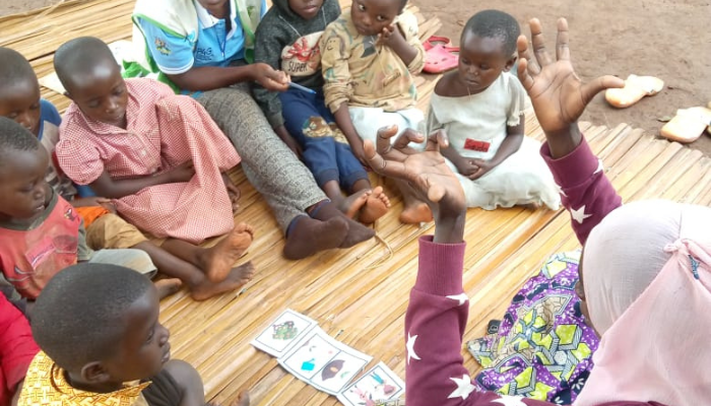 Children gather round for story time with their caregiver (teacher) Children gather round for story time with their caregiver (teacher) In response, we have developed a series of 10 interactive activities, set within the children’s usual daily routine. The assessment is led by the child's usual caregiver (the facilitator) and a programme tutor (the assessor / observer) in groups of 8 children, using simple, easy to source local materials. The activities actively build children's confidence and self-esteem and children are celebrated and encouraged. They have fun and engage in the activities with their friends. Through carefully watching children at work, playing, theassessor is able to observe a wide variety of skills the children are displaying, often all at once. With a simple group game using building blocks, we watch a child not only demonstrating an understanding of early mathematical concepts, but also how they interact with others, if they can solve problems, if they can manage their frustration when it gets hard and persevere with the task, and if they can use their imagination to create something new. We can find out so much more about a child and how they are developing by simply observing them at play.
Each of the ten activities are linked to a range of developmental, contextually appropriate outcomes, with a focus on social and emotional development, creativity and imagination and language and literacy development - skills we consider essential for school readiness. After Learn to Play tested the tool in multiple contexts across Botswana, we piloted it ourselves with children from the Cluster Learning Programme in Kyaka II, Uganda, in April this year. I was thrilled to see animated and engaged facilitators and assessors and, more importantly, over 60, happy five and six year old children full of confidence, laughing, having fun, and celebrating each others’ achievements. The data from both contexts provided evidence that it is possible to robustly assess children in this way - we learnt a huge amount about where children are at and have already made changes to our curriculum and pedagogy to improve and develop weaker areas such as early literacy skills. We are excited to continue developing our new assessment tool and to see what the future holds. We are hopeful that in time, we will have a unique tool that proves that assessment doesn’t have to be boring or stressful. It is possible to make assessments both meaningful and joyful. Follow me on LinkedIn for updates on our progress or keep an eye on our blogs. Support usComments are closed.
|
RECEIVE OUR EMAILSBlog Categories
All
Archives
July 2024
|
|
JOIN US ON SOCIAL MEDIA
|
Annual Report | Contact Us | Jobs | Media Centre | Resources | Shop
Accessibility & Policies: Accessibility | Equity, Diversity & Inclusion Policy | Complaints| Privacy Policy | Safeguarding
Accessibility & Policies: Accessibility | Equity, Diversity & Inclusion Policy | Complaints| Privacy Policy | Safeguarding
Children on the Edge, 5 The Victoria, 25 St Pancras, Chichester, West Sussex, PO19 7LT, UK | 01243 538530 | [email protected]


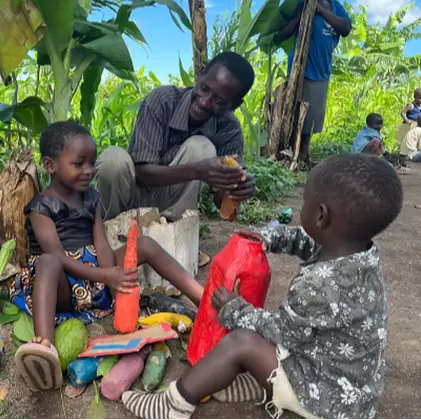
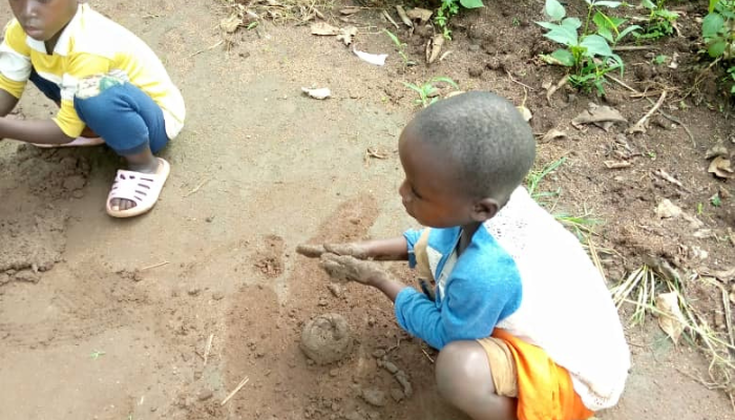
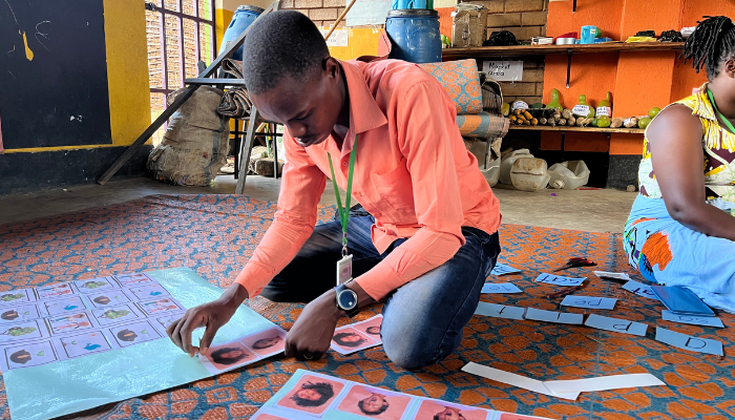
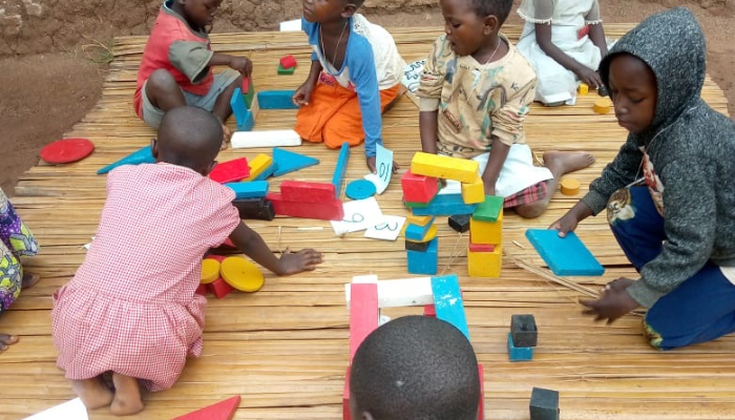
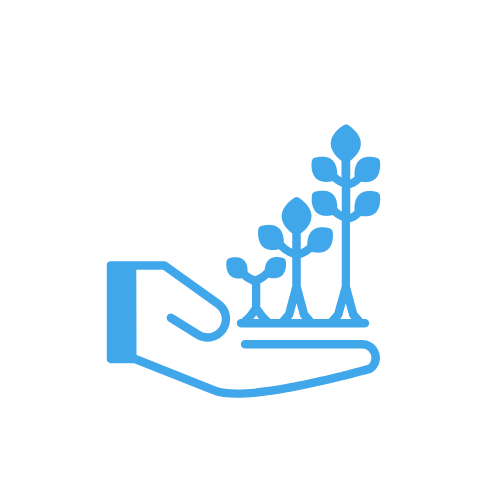 Give monthly
Give monthly Fundraise for us
Fundraise for us RSS Feed
RSS Feed
